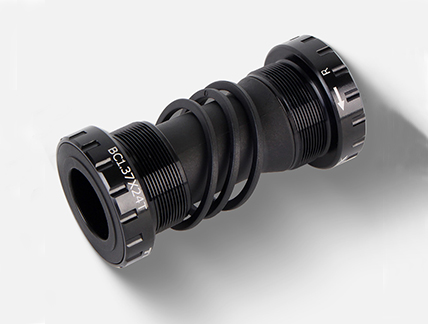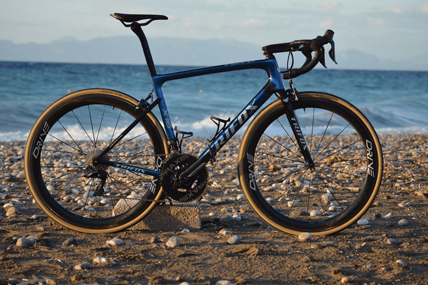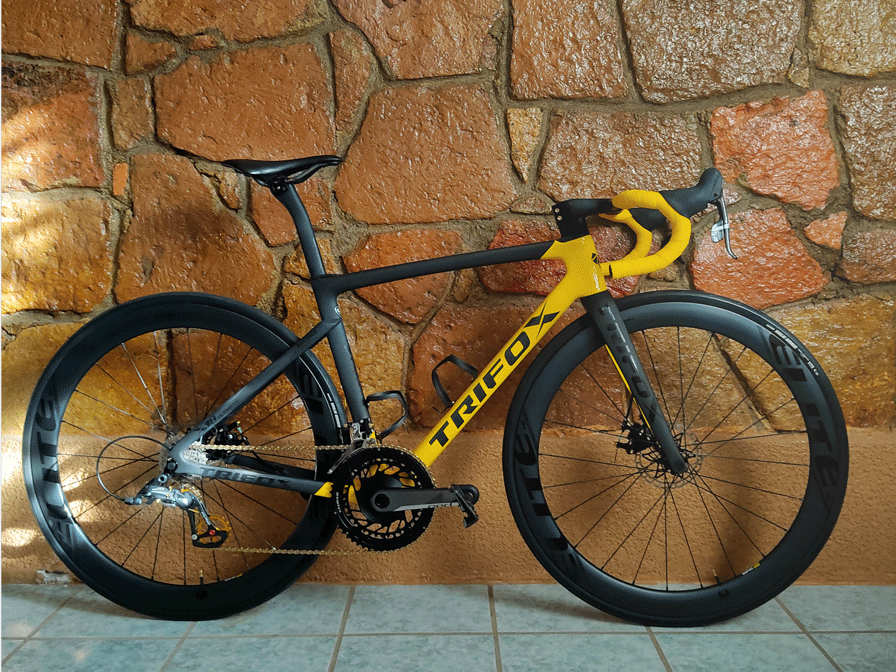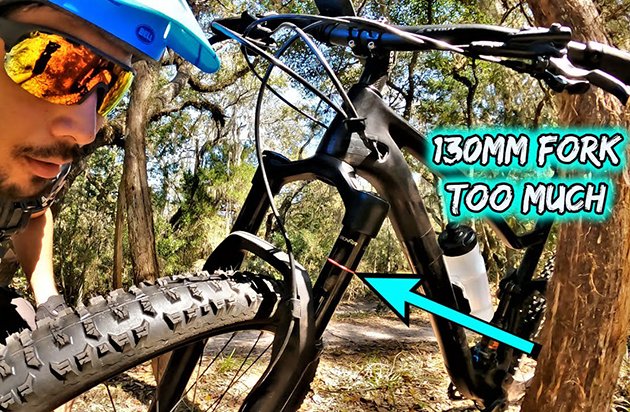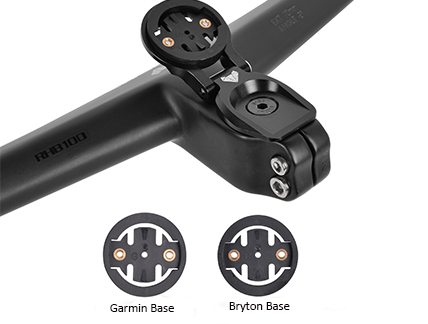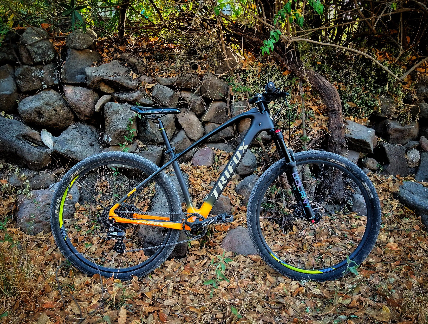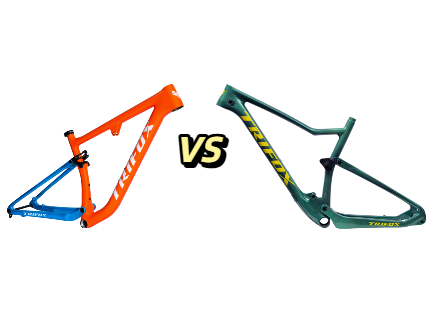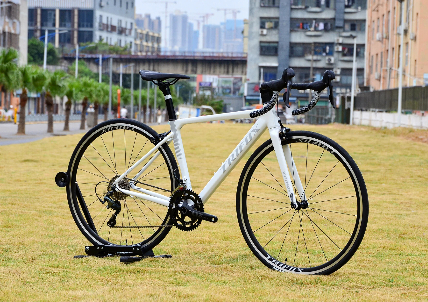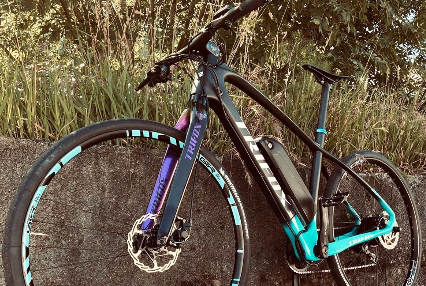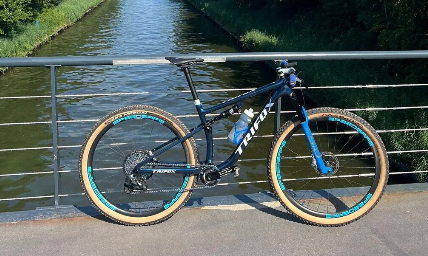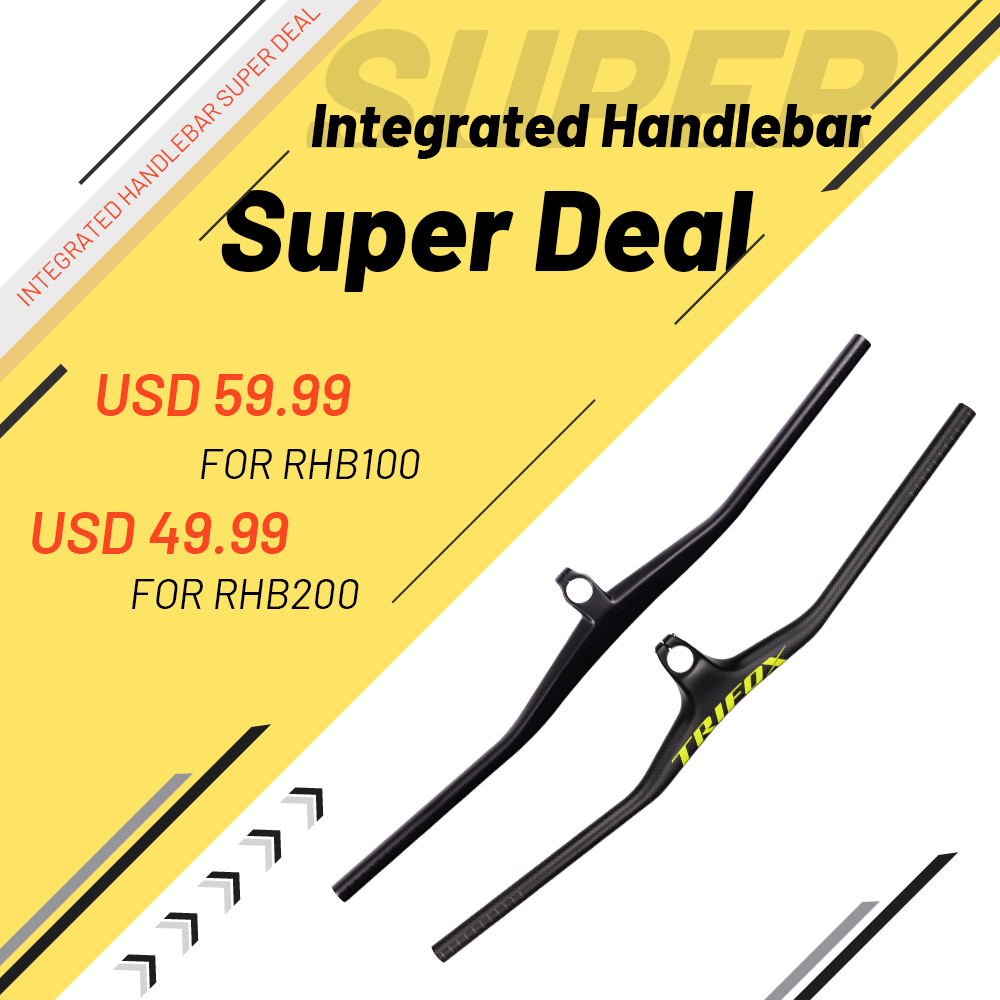The allure of deep carbon wheels is undeniable, promising "free speed." But how much faster are popular 50mm wheels actually? Let's cut through the hype with real-world expectations.
The Core Advantage: Aerodynamics
The primary benefit is reduced aerodynamic drag. At speeds above 20-25 km/h (12-15 mph), overcoming air resistance consumes most of your power. A 50mm rim depth strikes a near-perfect balance:
- Significant Drag Reduction: Compared to standard alloy box-section rims (often 20-30mm deep), 50mm wheels offer a major aero improvement. They slice through the air more efficiently, especially in crosswinds where they remain stable.
- Sweet Spot: Deeper wheels (60-90mm) offer marginally better pure aero gains on dead-flat courses but become heavier and harder to handle in winds. 50mm provides excellent aero benefits while remaining versatile and manageable for most riders and conditions.
Quantifying the Gain: Seconds Matter
Studies and real-world testing consistently show meaningful time savings:
1. Over 40km (25 miles): Expect savings of 45 to 90 seconds compared to standard alloy wheels, depending on your speed, course profile (flatter = bigger gain), wind, and tire choice. At higher average speeds (e.g., 35-40 km/h), the gains are larger.
2. Per Hour: Roughly 1-2% faster average speed for the same power output. This translates to gaining 1-2 minutes per hour on flat to rolling terrain. On a 100km ride, that's 5-10 minutes saved without pedaling harder!
3. The "Free Speed" Factor: This is the magic. You go faster for the same effort. It feels easier to hold higher speeds, making group rides or solo efforts less taxing aerodynamically.
Beyond Pure Aero: Weight & Stiffness
- Weight: While not as light as ultra-shallow carbon or top alloy wheels, modern 50mm carbons are surprisingly light (often 1400-1600g/set). This minimizes the penalty on climbs compared to deeper sections. The weight savings over alloy plus the aero gain creates a net positive.
- Stiffness: Carbon rims are generally stiffer laterally than alloy, improving power transfer and handling precision, especially when sprinting or cornering hard.
Important Caveats
- Where the Gain Is: The biggest advantage is on flat or rolling terrain at sustained speeds above 25-30 km/h. In stop-start city riding or very steep climbs (>8%), pure weight becomes more critical, though the aero benefit still helps on descents and rolling sections.
- Tires & Tubes: Pair them with fast-rolling, quality tires (25-28mm often optimal) and latex tubes or tubeless for maximum benefit. Slow tires negate the aero advantage.
- Wind Handling: While manageable, 50mm wheels are more affected by strong crosswinds than shallow rims. Most riders adapt quickly.
The Verdict: A Worthy Speed Boost
50mm carbon wheels deliver a tangible, significant speed increase – typically 1-2 minutes saved per hour on flatter terrain compared to standard wheels. This translates to meaningful time savings over any distance where aerodynamics dominate. They offer the best blend of aero efficiency, manageable weight, versatility, and stability for most road cyclists seeking a performance upgrade. It's not magic, but it's the closest thing to "free speed" you can bolt onto your bike.































































